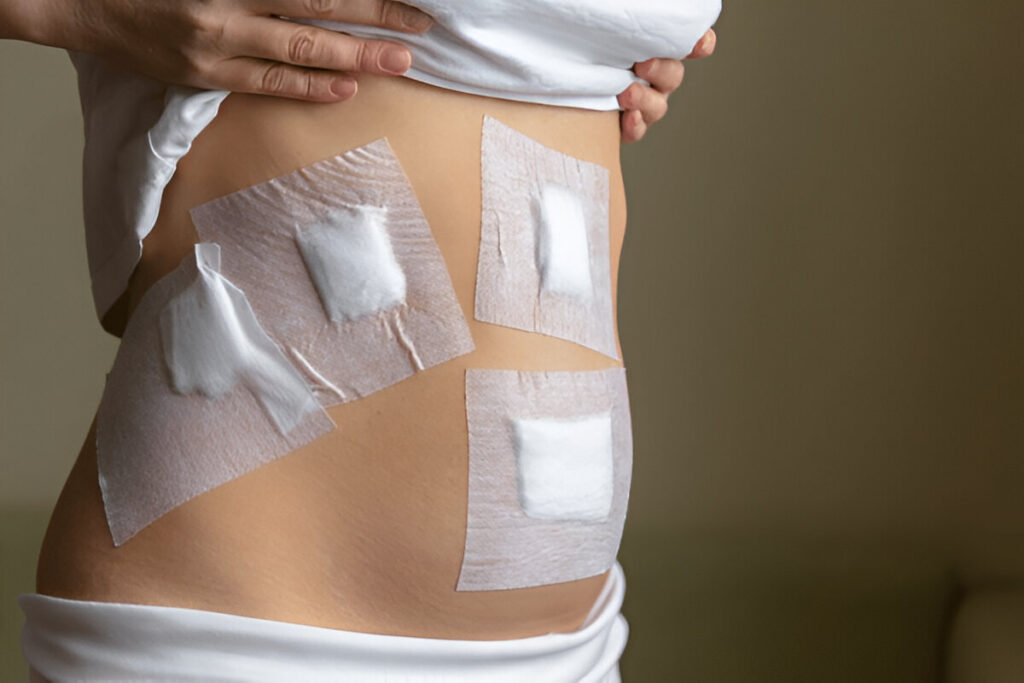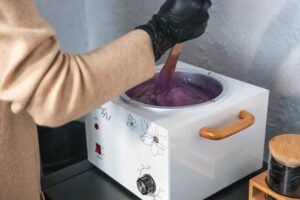Gallbladder Removal Singapore: What are the Bad Signs to Watch for After the Procedure?

Gallbladder removal or cholecystectomy is often recommended to address gallstones or other gallbladder-related complications. See more: https://alpinesurgical.sg/a-guide-to-gallbladder-treatment/.
The surgery generally has a high success rate. However like any other procedure, it does come with risks you must be aware of. Luckily, there are specific signs you can keep an eye on after your gallbladder removal in Singapore to see if your recovery is going according to plan.
This article will explain the instances when gallbladder removal may be necessary. Also on this page, you will discover what the procedure involves, and the warning signs to watch for after surgery. Keep reading!
Why Would You Need Your Gallbladder Removed?
The role of gallbladder is to store bile, a substance essential for digesting fats. While the gallbladder serves an important function, it’s not indispensable.
Actually, it is possible to still live a healthy life without a gallbladder. This is especially true when you have gallbladder issues which are compromising your health. are the main reasons why gallbladder removal may be necessary:
- If you have Gallstones (Cholelithiasis): Gallstones are hardened deposits of digestive fluid that form in the gallbladder. They can block bile flow and cause not just severe pain but also inflammation. Symptoms of gallstones include sudden, intense pain in the upper right abdomen, nausea, and vomiting. If left untreated, gallstones can lead to infections or complications like pancreatitis.
- Cholecystitis (Gallbladder Inflammation): This condition occurs when the gallbladder becomes inflamed. In many cases, the inflammation is due to gallstones blocking the bile ducts. Symptoms include sharp pain in the upper abdomen, fever, and chills. Chronic cholecystitis can cause scarring and reduced gallbladder function which warrants gallbladder removal.
- Biliary Dyskinesia: This is a functional disorder where the gallbladder fails to empty bile properly. If you have biliary dyskensia, you may experience digestive issues, bloating, and abdominal pain after eating fatty meals. For this condition too, you may be recommended gallbladder removal in Singapore to manage these symptoms and improve your quality of life.
- Gallbladder Polyps: Polyps are abnormal growths on the gallbladder lining. Most cases of polyps are benign. However, if you have developed larger polyps or those associated with gallstones, you may have increased risk for gallbladder cancer. As a precaution, you may be recommended gallbladder removal in Singapore to reduce your risks of gallbladder cancer.
- Gallbladder Cancer: This cancer is quite rare. But still, it is a serious condition that shouldn’t be ignored especially if you are at risk. The seriousness of this condition is exacerbated by the fact that detection isn’t easy as symptoms often resemble those of other gallbladder issues. Surgery is the primary treatment to prevent the cancer from spreading.
Is Gallbladder Removal Major Surgery?
Gallbladder removal is considered major surgery, but it is also one of the most common and well-practiced procedures worldwide. Thanks to advances in surgical techniques, the procedure today is much safer and less invasive for most patients. There are two primary methods of gallbladder removal:
- Laparoscopic Cholecystectomy: This minimally invasive procedure is the most common method for gallbladder removal in Singapore. Small incisions are made in the abdomen, and a laparoscope (a thin tube with a camera) is used to guide the surgeon. Benefits include reduced scarring, shorter recovery times, and minimal post-operative pain. Most patients can return to normal activities within a week.
- Open Cholecystectomy: In cases where laparoscopic surgery is not possible—such as severe inflammation, infection, or complications—an open cholecystectomy may be performed. This involves a larger incision in the abdomen to access the gallbladder. Recovery typically takes longer, with patients needing several weeks to heal completely.
Both methods are effective. However, the choice depends on the patient’s condition and the surgeon’s recommendation. Regardless of the technique, gallbladder removal is a routine surgery with a high success rate when performed by experienced surgeons.
What Are Bad Signs After Gallbladder Surgery?
Most people recover smoothly after gallbladder removal. However, there are certain signs which may indicate complications. Seek immediate medical attention if you experience any of the following after your gallbladder removal in Singapore:
- Severe or Persistent Abdominal Pain: Some discomfort is normal after gallbladder surgery. However, if it is severe or keeps worsening, the pain may indicate an underlying problem. It could signal bile leakage, infection, or injury to nearby organs during surgery. Persistent pain should never be ignored.
- Severe Nausea or Vomiting: Nausea is common post-surgery. However, prolonged or severe vomiting may suggest a blockage in the digestive tract or an infection. This can also lead to dehydration, which requires prompt medical care.
- Yellowing of Your Skin or Eyes (Jaundice): Jaundice is a sign of bile flow obstruction. It’s often caused by bile duct injury or stones left behind. It’s crucial to address this symptom immediately to prevent liver damage or other complications.
- No Bowel Movement or Gas for More Than Three Days: After gallbladder surgery, it’s normal for bowel movements to be irregular. However, a complete lack of bowel movements or gas may indicate an intestinal blockage. This condition requires immediate medical assessment.
- Unresolved Diarrhea for More Than Three Days: Some patients experience diarrhea after gallbladder removal. This effect is usually as a result of bile flowing more freely into the intestines. If diarrhea persists beyond three days, it could indicate bile acid malabsorption or infection.
- A Fever or Chills: A fever signals infection. The infection itself may occur at the surgical site, in the bile ducts, or internally. Chills often accompany fever and require prompt evaluation for proper treatment planning.
- Redness, Swelling, Bleeding, or Drainage from the Incision Site: Any signs of infection at the incision site, such as redness, swelling, or unusual discharge, should be reported immediately. These symptoms could indicate a wound infection that needs medical treatment.
It’s a Wrap!
Gallbladder removal is a common procedure that offers relief from painful and potentially dangerous conditions. However, it also does come with risks that must be addressed promptly to ensure the best outcome. Always consult your surgeon if you have concerns about your symptoms after the procedure.
If you’re preparing for gallbladder removal or have concerns about recovery, consult a trusted gallbladder surgeon and get all your questions answered. Book an appointment below;
Alpine Surgical Practice – Dr Aaron Poh | Colonoscopy | Gallstones Removal Singapore
3 Mount Elizabeth, #14-06 Medical Centre,
Singapore 228510
+65 6322 7323






